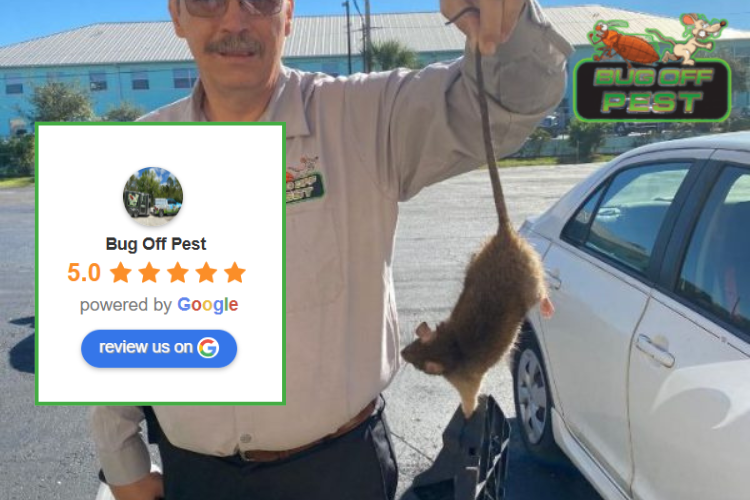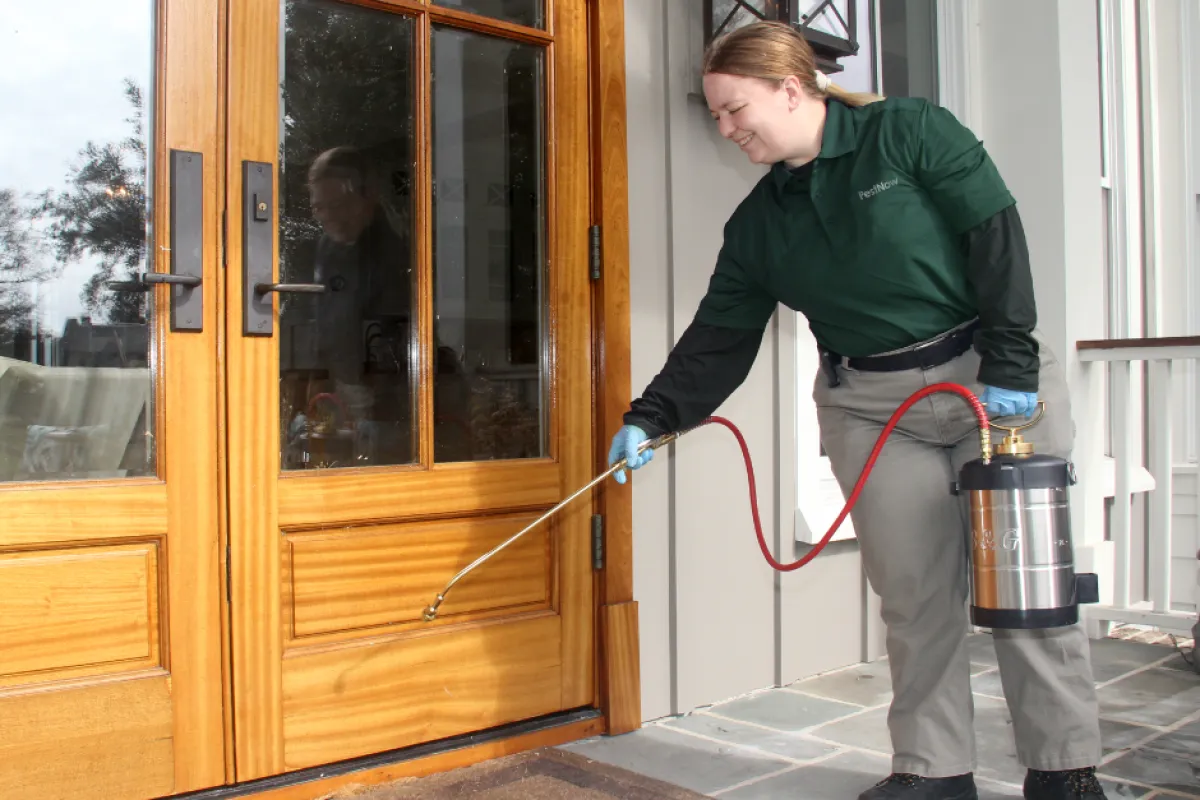Expert Bed Bug Exterminator Port Charlotte for a Peaceful Night’s Sleep
Learn More About the most recent Developments in Bug Control and Just How to Apply Efficient Therapy Solutions
In recent years, the area of parasite control has seen considerable developments, driven by the demand for sustainable and efficient therapy options. Cutting-edge approaches such as Integrated Parasite Monitoring (IPM) incorporate eco-friendly methods with sophisticated modern technology, improving both effectiveness and ecological responsibility.
Eco-Friendly Parasite Control Options
Recently, the demand for green bug control options has surged as home owners and businesses alike seek lasting alternatives to traditional chemical therapies. This change is driven by expanding ecological awareness and a need to reduce the health and wellness risks connected with synthetic pesticides.

Environmentally friendly bug control methods include a series of methods that focus on making use of all-natural substances and practices. Integrated Parasite Administration (IPM) is one such strategy, incorporating biological, cultural, and mechanical methods to handle insect populaces while lowering dependence on chemicals (Wildlife removal services). This all natural approach emphasizes avoidance through environment adjustment and the intro of natural predators, consequently cultivating a balanced community
Another preferred choice is the use of herb chemicals originated from plants, which have a tendency to be less damaging to non-target microorganisms. Products like neem oil and diatomaceous planet have acquired grip for their effectiveness in regulating parasites while posturing minimal risks to human health and wellness and the atmosphere.
Furthermore, exclusion methods, such as securing entrance points and keeping cleanliness, play a crucial duty in environment-friendly insect management. By adopting these sustainable methods, services and people can efficiently take care of parasites while advertising a much healthier world for future generations.
Smart Technology in Pest Administration
Development is improving the landscape of pest monitoring, with wise technology becoming a pivotal force in enhancing efficiency and effectiveness - Wildlife removal services. The combination of Internet of Points (IoT) tools, man-made intelligence (AI), and data analytics is revolutionizing exactly how insect control specialists approach invasions
Smart catches equipped with sensors can discover parasite activity in real-time, sending out instant signals to operators. This enables prompt reactions, lessening damages and reducing the requirement for substantial treatments. In addition, AI algorithms analyze historic information to anticipate bug actions, allowing aggressive interventions based upon environmental conditions and invasion patterns.
Drones and automated lorries are also playing a significant role in insect monitoring, offering airborne analyses of huge areas, recognizing hotspots, and even distributing targeted treatments. These modern technologies not only simplify operations however likewise boost safety by limiting human direct exposure to potentially unsafe chemicals.
Furthermore, mobile applications encourage consumers to keep an eye on pest activity and gain access to specialist suggestions, fostering a collective technique to pest management. Generally, the fostering of wise technology is establishing a brand-new standard in pest control, stressing data-driven choices and sustainable practices that eventually benefit both house owners and specialists alike.
Integrated Parasite Monitoring Techniques
Integrated Insect Management (IPM) uses an all natural approach to pest control, combining different techniques to effectively handle pest populaces while lessening threats to human health and wellness and the atmosphere. IPM rotates around recognizing the pest life process, their natural opponents, and the ecological community in which they thrive.
One of the fundamental parts of IPM is checking pest populations via routine inspections and data collection. This permits the recognition of pest thresholds, determining when treatment is necessary. Cultural techniques, such as crop cleanliness, environment, and rotation control, are crucial in lowering bug prevalence and advertising plant health.
Mechanical controls, consisting of obstacles this and catches, are likewise essential in IPM. These approaches can literally remove or prevent insects without the usage of chemicals. When needed, the wise application of chemical controls outdoor termite treatment is employed, concentrating on targeted treatments that lessen environmental effect.
Education and learning and partnership among stakeholders, consisting of farmers, parasite control professionals, and the community, are important for the effective execution of IPM strategies. By prioritizing lasting techniques, IPM not only addresses pest concerns however also promotes a healthier community.
Biological Control Approaches
Various organic control techniques are increasingly identified for their performance in handling parasite populations while promoting ecological balance. These strategies harness all-natural predators, bloodsuckers, and microorganisms to reduce pest numbers without relying upon artificial chemicals. The intro of ladybugs can properly control aphid populations, while nematodes target soil-dwelling insect larvae.
In addition, using microbial chemicals, such as Bacillus thuringiensis (Bt), supplies an eco-friendly alternative for handling caterpillar insects. These items specifically target pest types, decreasing damage to useful bugs and pollinators. Preservation biological control highlights enhancing habitats for all-natural enemies, such as birds and beneficial pests, therefore urging their existence in agricultural systems.
Research study proceeds to reveal innovative techniques within this area, such as the use of scents to disrupt pest breeding patterns or the advancement of biocontrol agents with hereditary engineering. Executing these techniques can result in lasting parasite administration techniques that alleviate the reliance on chemical treatments, inevitably fostering much healthier environments. As awareness of these strategies grows, they are ending up being integral components of integrated pest administration (IPM) methods, providing an equilibrium in between efficient insect control and ecological stewardship.
DIY Parasite Control Solutions
As homeowners seek reliable ways to deal with pest issues, do it yourself pest control remedies have obtained appeal for their availability and cost-effectiveness. These methods equip people to attend to invasions making use of easily available materials and strategies, usually without the need for professional treatment.

In addition, maintaining proper cleanliness and click here to read routine examinations can stop pest entry and nesting (Wildlife removal services). Basic methods, such as sealing fractures, getting rid of food resources, and decluttering, can significantly reduce pest populaces. Catches, both homemade and readily available, can additionally offer reliable remedies for tracking and regulating particular parasites like insects or rodents
Final Thought
The combination of environment-friendly insect control choices, clever modern technology, and innovative administration approaches presents a comprehensive technique to efficient pest administration. By welcoming Integrated Pest Management (IPM) and making use of organic control approaches, together with do it yourself remedies, sustainable and accountable bug control can be achieved. These developments not only improve the effectiveness of insect monitoring methods but additionally add to a much healthier setting. Implementing these approaches cultivates a balanced environment while successfully dealing with pest populaces.
Environmentally friendly bug control approaches incorporate a range of approaches that focus on the use of all-natural compounds and techniques. Integrated Bug Monitoring (IPM) is one such approach, integrating biological, social, and mechanical strategies to handle pest populations while reducing reliance on chemicals. As understanding of these strategies expands, they are ending up being indispensable elements of incorporated bug management (IPM) methods, using an equilibrium in between reliable pest control and environmental stewardship.
The assimilation of environmentally friendly insect control alternatives, wise technology, and ingenious administration strategies presents a comprehensive method to efficient insect monitoring. By welcoming Integrated Parasite Monitoring (IPM) and using biological control approaches, along with Do it yourself options, sustainable and liable insect control can be attained.